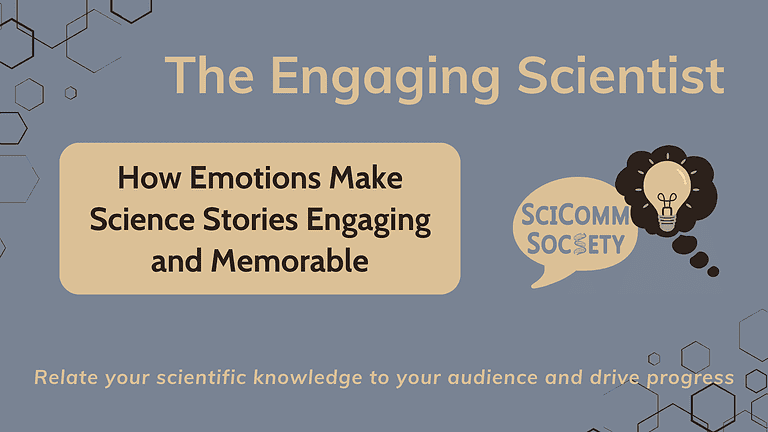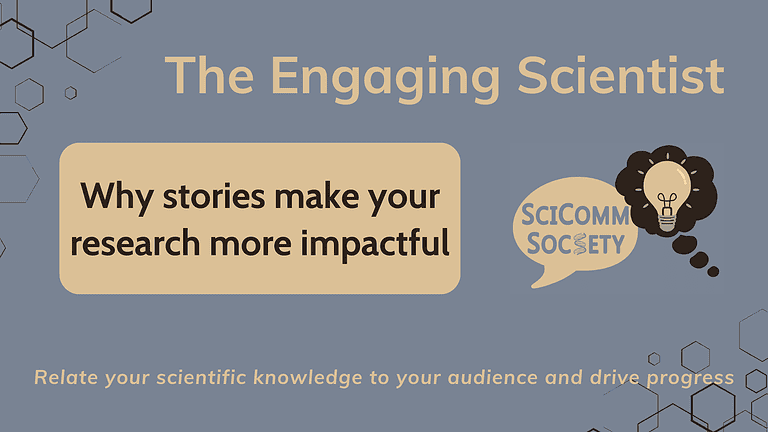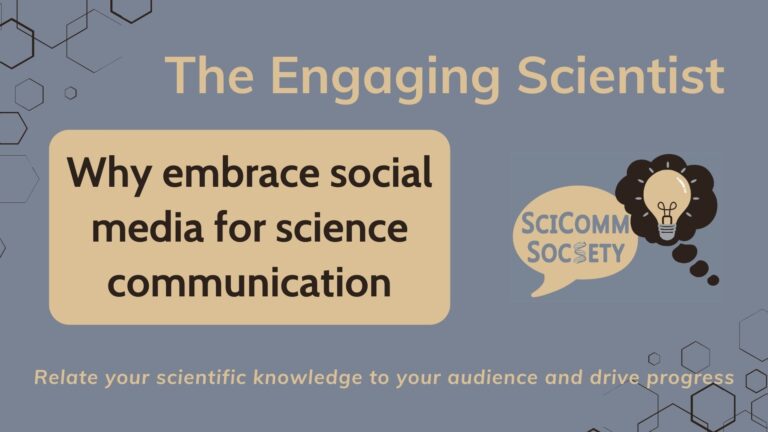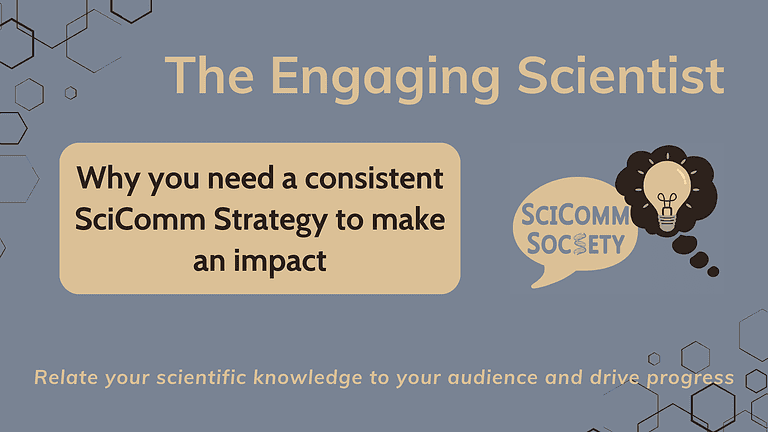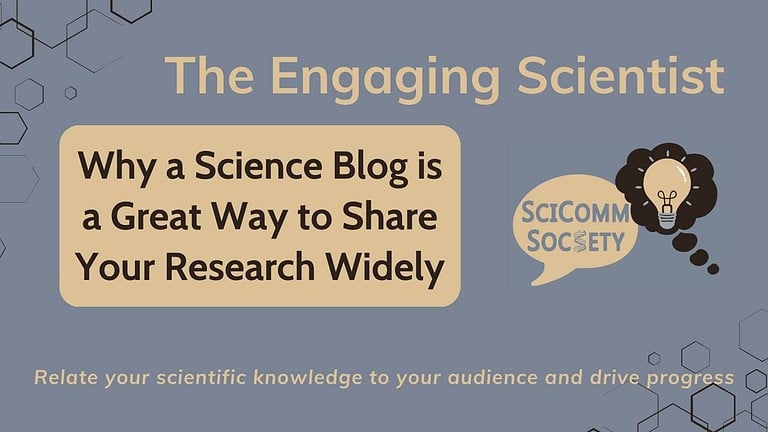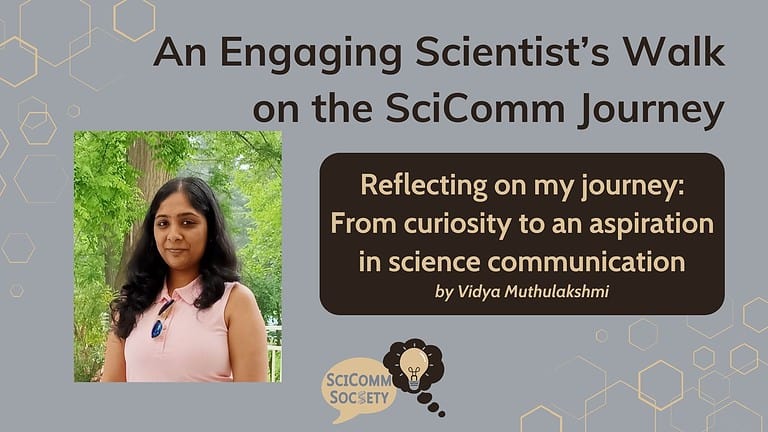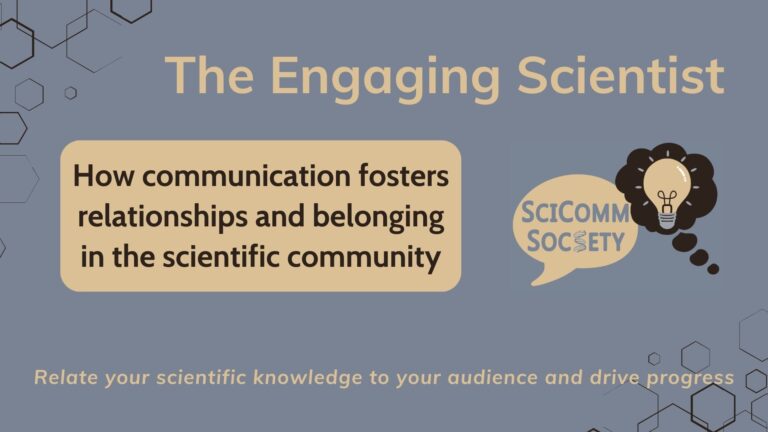I have always been fascinated by emotions and emotional responses to life events and challenging topics. When starting to dive into the science communication world, I quickly understood that emotions also influence how an audience responds to and understands a scientific topic.
Especially when it comes to talking about bacteria and their impacts on our health, food and the environment, people react with all sorts of emotions: from wonder and fascination to disgust and even malevolence.
Therefore, triggering the right emotions is important for the success of your science communication project. Yet it can feel overwhelming to decide which ones to focus on with your content. Also, you want to ensure your audience makes the best use of their new knowledge based on their emotional response.
To better understand this topic and to leverage emotions for your science communication project, let’s look into what exactly emotions are and how they help us in our daily lives. We will then explore four epistemic emotions and their advantages in telling an engaging story about your science.
How our brains understand the world using emotions
The human brain has an incredibly difficult function: it constantly protects us and keeps us alive and well. Doing this is quite tough because the brain is locked up inside the body without direct contact with the outside world.
To overcome this, our senses give constant information on environmental stimuli to the brain by hearing, seeing, smelling, tasting and feeling. The brain is also constantly measuring our body and energy levels. Based on all that input information, it tries to understand the surroundings as well as our overall health and energy status.
At any moment, the brain saves all this input information and connects it to the emotions that arise in us. These are the so-called “emotional instances”, which are essentially the stories that our brains tell us: this happened and this is how we felt.
The brain also compares the input information with our memories and the connected emotions. This triggers emotional instances about the potential outcomes of new situations. The next time we are in a similar situation, the brain tells us that corresponding story, helping us to determine what to do.
Emotions help us learn about the world
Researchers have defined a class of emotions that help us learn about the world, understand it and improve our lives. They call these “epistemic emotions”. Our brains create this class of emotions when the sensory input relates to information and understanding or a lack thereof.
As such, the epistemic emotions curiosity, confusion, wonder and awe are incredibly useful in science communication. Triggering these in your audience will help them learn and remember your science.
Please take into account that everyone perceives emotions uniquely. The emotional instances I describe here are based on my life experiences in addition to definitions and explanations from the literature. Often the borders between these emotional instances are rather blurry. Therefore you may have your own instances associated with the following emotions or experience them slightly differently with more or less granularity.
Make your audience curious about your science
As a researcher and scientist, you’re probably fully aware of this emotion. Curiosity is the internal drive to know something just for the sake of knowing. You may not have a reason to understand something other than being interested in a topic and just NEEDING TO KNOW!
Your curiosity probably fuels your research project—the basic question that keeps you up at night motivates you to write another grant application so that you can figure out the answer. But to experience curiosity, we need to be aware of a knowledge gap. This means we already know a little about a certain topic. At the same time, we realise we don’t fully understand it yet or are missing some facts to comprehend the whole picture.
To some of us, knowledge gaps feel almost like a physical pain our brain wants to ease. But to ease this pain, we must acquire the missing information and learn something new.
Once we acquire new information about a topic, we become aware of more knowledge gaps that we might have in that field. This might spark more curiosity within us. And it can even spread to people if we share our newly acquired knowledge, making curiosity contagious and ever-growing. Curiosity is also linked to creativity, intelligence, improved learning and memory and problem-solving.
In science communication, you want to trigger curiosity in your audience by giving them background information on a topic. Make them aware of their knowledge gaps to become curious.
Play with confusion in science communication
Maybe you are asking yourself right now how you could use emotions for your science communication projects. And this thought might come with this aching emotion of confusion. Confusion is defined as the emotion when we acquire new information but it does not quite make sense or does not fit into our known concepts.
Interestingly, this uncomfortable emotion is vital for learning as it leads to motivation, deep learning and problem-solving. For some, confusion is like a muscle burn during a difficult workout. You know that this is necessary to become stronger. Similarly, your brain needs to feel some discomfort when it is about to learn something.
The key here is the level of unpleasantness. If you are too confused, it can be demotivating or even frustrating. Likewise, if the discomfort is not strong enough, you may get bored and not feel the need to ease the pain.
In your science communication project, you want your audience to be in just the right state of confusion. This should trigger them to pause, think about what they just heard and become engaged. Hopefully this motivation helps make sense of the new information to fill their knowledge gap.
Spark wonder in your audience
The emotion of wonder probably feels slightly different to all of us. For some, it is comparable to the sweet feeling of surprise when something rare or unexpected happens. For others, it motivates them to seek understanding. Wonder is also closely linked to curiosity and the drive behind intellectual exploration.
Social scientists think that the emotion of wonder is unique to human nature. It drives our passion for exploration, learning and seeking understanding and adventure.
In your science communication project, your aim should be to inspire wonder in your audience. This drives their desire to gain understanding, become passionate about your topic and explore new ideas.
Help your audience to be in awe of your science
Awe is the grand finale of understanding and learning. It is that sweet, satisfying and inspiring feeling of having closed a knowledge gap whilst at the same time comprehending the vastness of the question. We might even feel overwhelmed by how huge or phenomenal a subject is.
This can lead some to change how they see the world around them. It can trigger completely new ways of thinking, comprehending and living.
For example, you might experience this emotion when you sit down and look at the complete collection of your experimental data. It finally “clicks”; all your data and results make sense and you develop a new model that potentially explains your whole research question.
At the same time, you are fully aware of all the other knowledge gaps that are still present. This sparks more curiosity, which motivates you and drives your passion to close those gaps, a circle that fuels your entire research career. This “awe” moment of letting your new research findings shine, filled with pride and more curiosity, is what many researchers enjoy most about the research process.
Interestingly, moments of awe also lead to connection. These connections can include feeling closer to each other, a higher power, the mundane, the beautiful and the environment. And this is often how people start to care about new things in life.
For your science communication project, it should be your goal to create moments of awe for your audience. Help them learn and care about your great scientific concept.
Trigger emotions with your science communication project
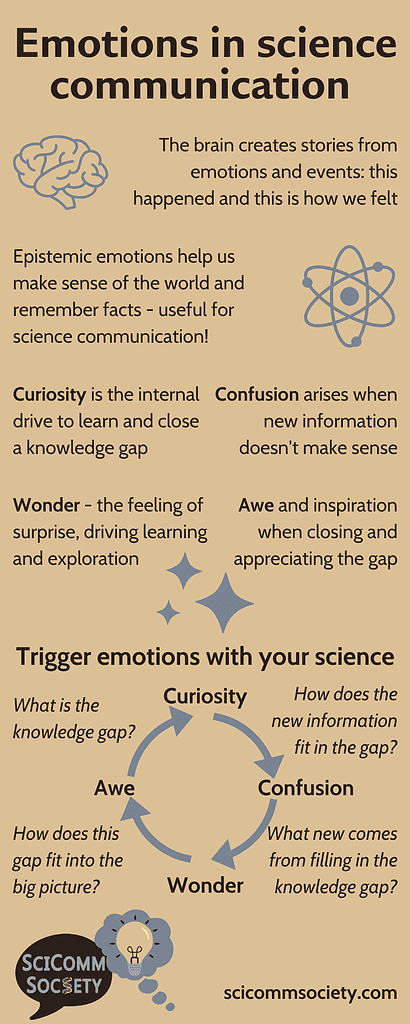
As we have seen, emotions help us comprehend the world around us and make sense of our environment. Using epistemic emotions together with an engaging storytelling approach, you’ll be well on your way to making your audience crave more information and care about your science.
You’ll spark curiosity and a strong desire to understand your scientific topic and perhaps even trigger them to share your content with others. This is backed by research showing that people are quick to share and like social media posts with awe-inspiring images.
The idea is for your audience to keep following your talk or reading your text to fill their knowledge gaps. By triggering the epistemic emotions of curiosity, confusion, wonder and awe in your audience, you get them to care about your topic and become aware of knowledge gaps.
When executed successfully, this should drive your audience to learn something new, and become more curious about your field and hopefully science in general. So now it is up to you to go and share your science with the world using emotions!
